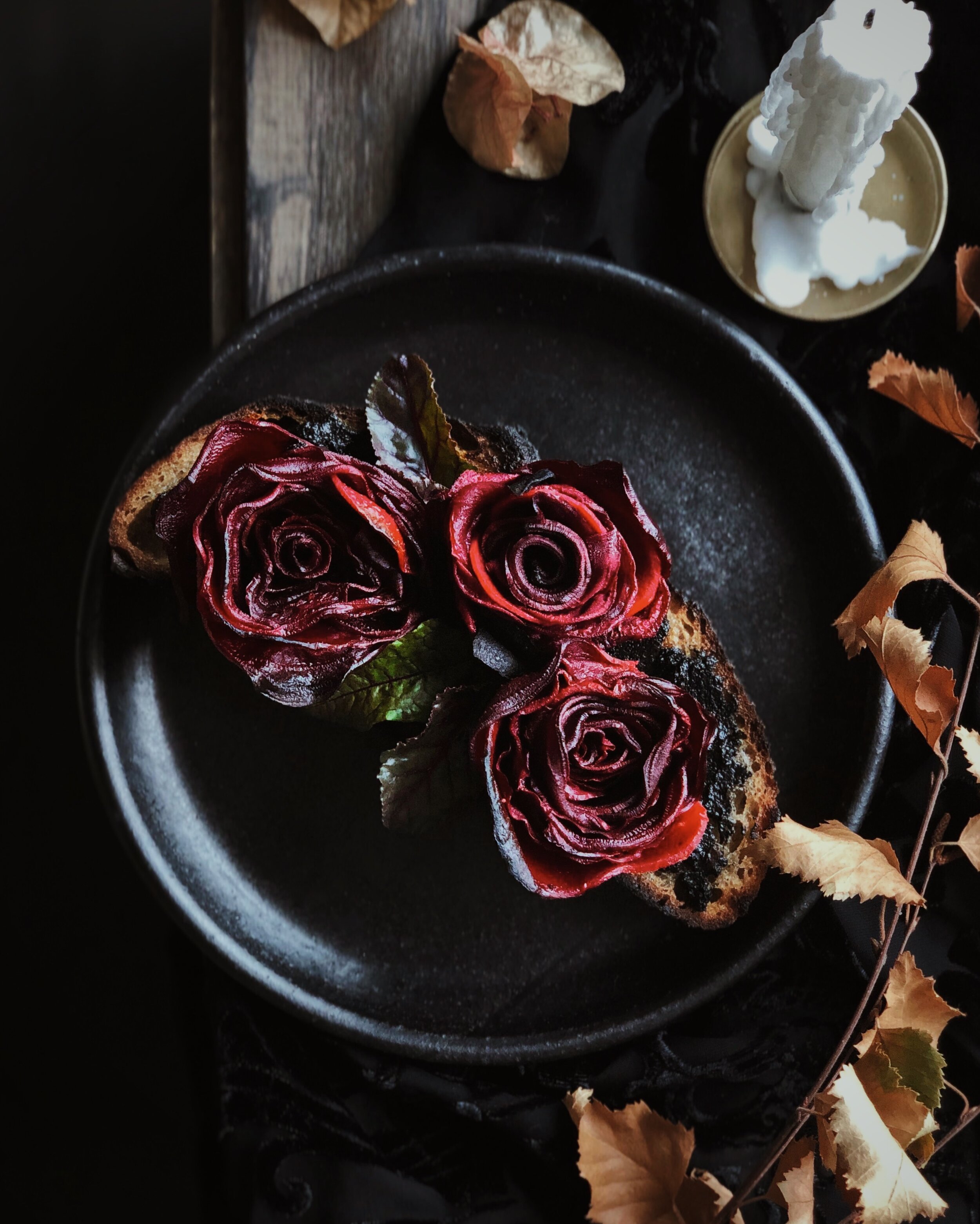Food Photography with a Phone - Interview with the My Food Lens Podcast
/Yes, it’s true—everything that you see on this website, as well as my Instagram, to-date, was shot and edited on my iPhone X.
How I got here was entirely from a combination of happenstance and laziness but at this point, one thing I am most proud of with my work is becoming a champion of phone photography. If I can help others feel encouraged to see that the quality of a photo is about the skill of the photographer and not having “better” (read: more expensive) camera gear, I can die happy knowing I made a positive impact on the world, helping to make one form of artistic expression feel more accessible to more people.
My friend Dyutima recently gave me the opportunity to share this message by inviting me onto her podcast, My Food Lens. This was such a fun experience for me; being someone who doesn’t absorb information as well through audio input, I actually had never listened to a podcast at all prior to listening to my own interview! I was actually pretty shocked, and pleasantly surprised, that listening back to my own voice did not feel completely obnoxious to me, and I am so grateful for the positive feedback I have received so far. Dyutima made me feel like I was just chatting away with a friend that I was meeting “face to face” for the first time, after corresponding for so long via direct messages.
In the episode linked below, I tried to share answers to the following questions:
Phones can be tricky because of their wide angle lens and lens distortion. What would be your 5 main tips for killer phone photography?
How important is light in phone photography? How do you work with light shooting with a phone? Do you use manipulators, is there a specific part of the house you shoot in?
What are your key styling techniques that are suited for photographing with a phone?
What is your editing application of choice and are there any hacks you can share?
Has photographing with a phone ever held you back from approaching clients or striking a deal?
Is it challenging to work with brands if one photographs with a phone? How do you navigate through it?
Who would you say phone photography is for? Influencers, social media content creators, professional photographers?
If someone chooses to shoot with a phone, how can they grow as a photographer? What skills should they focus on to improve their photography?
If you’ve been wishing to learn more about my process for shooting and editing all my photos on my phone (including all my client work!), give one of these a listen:
























